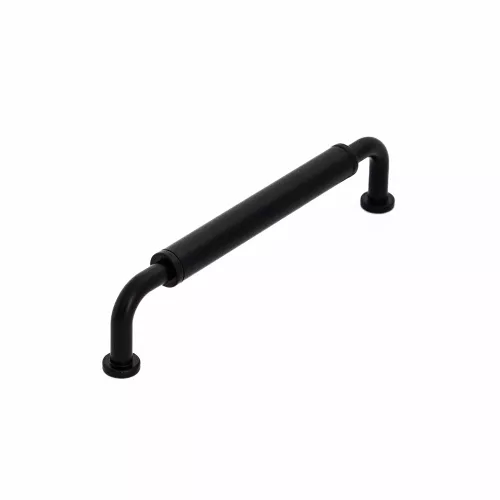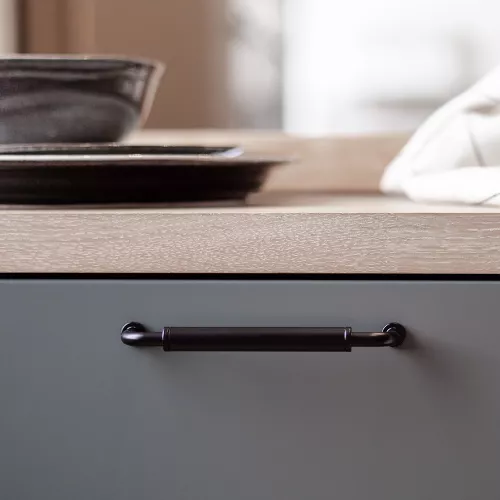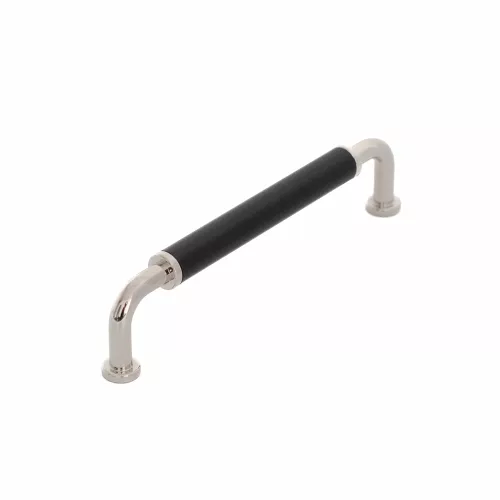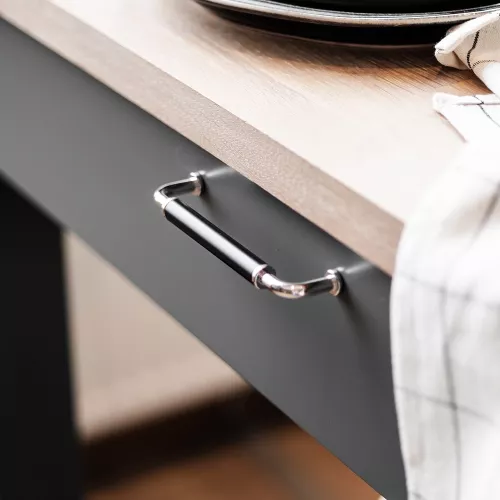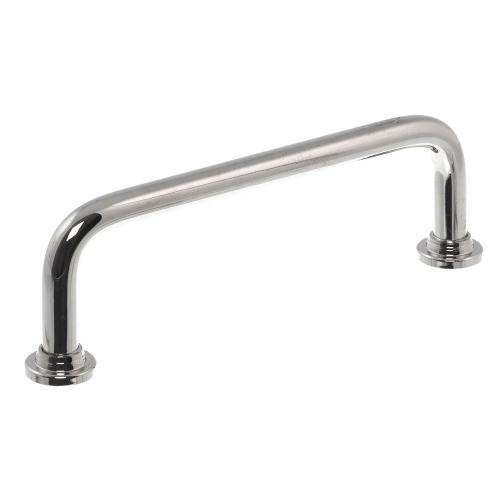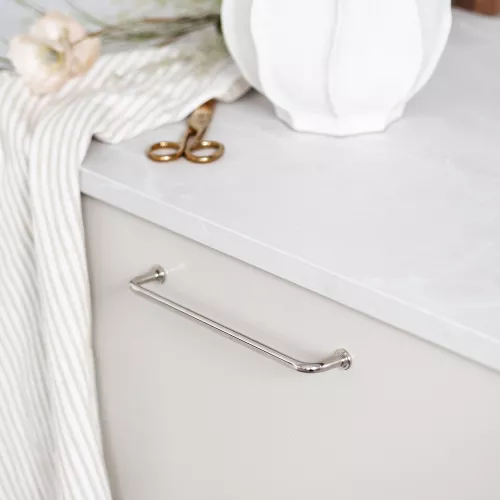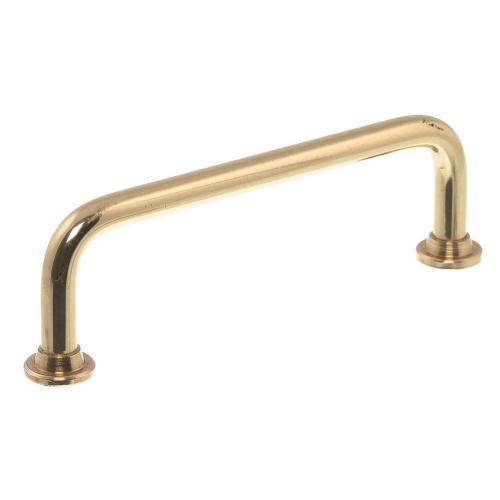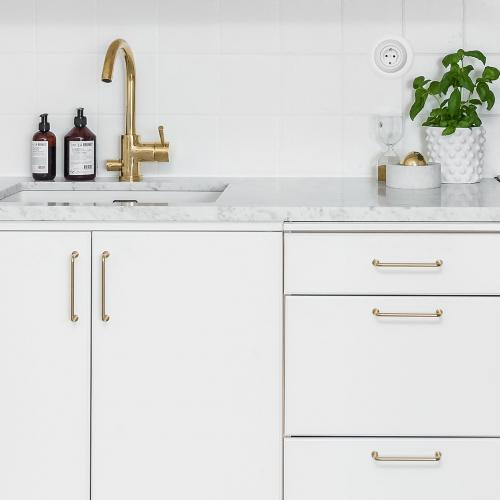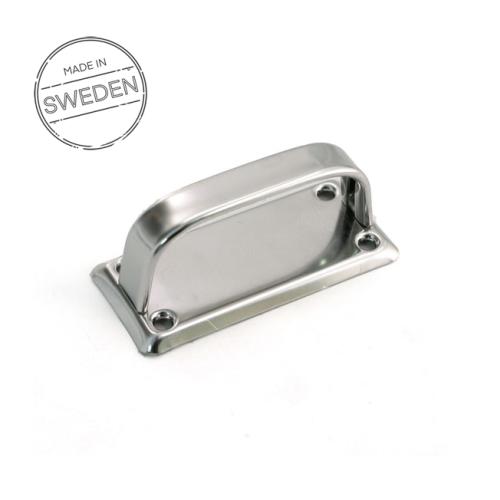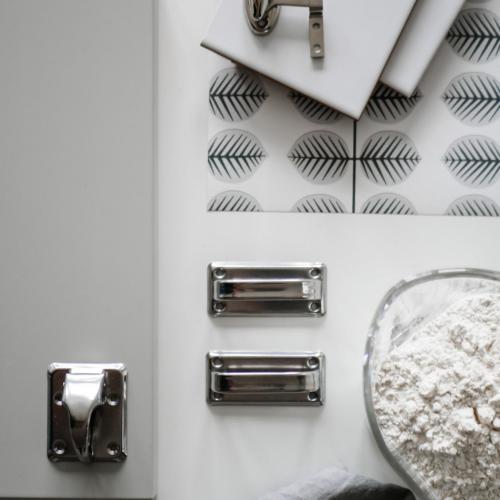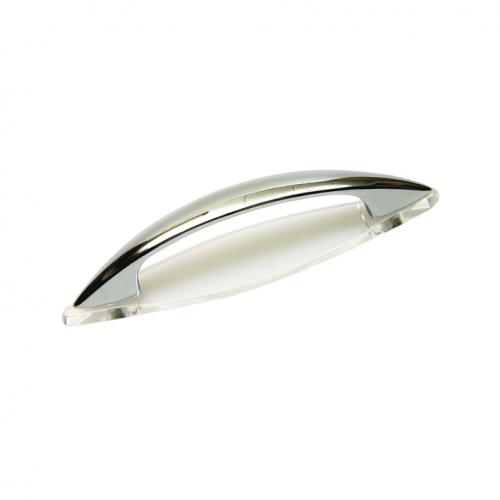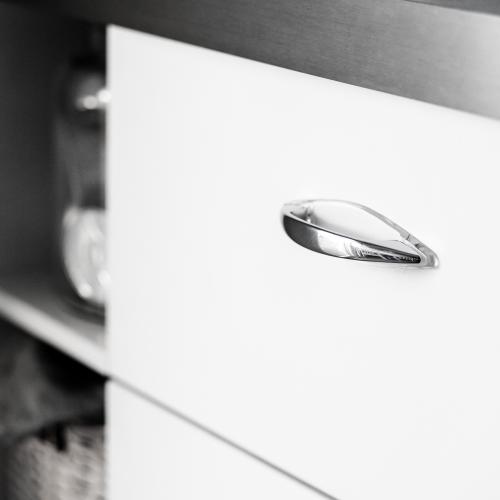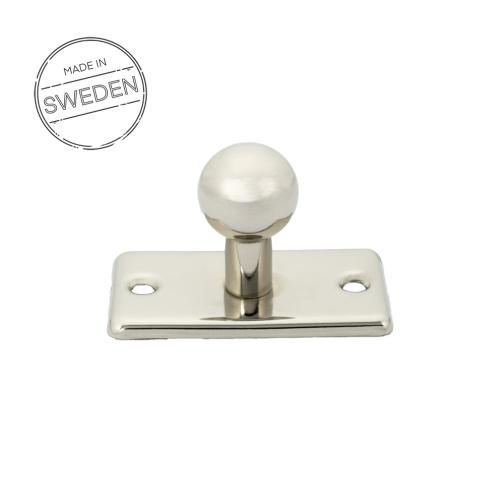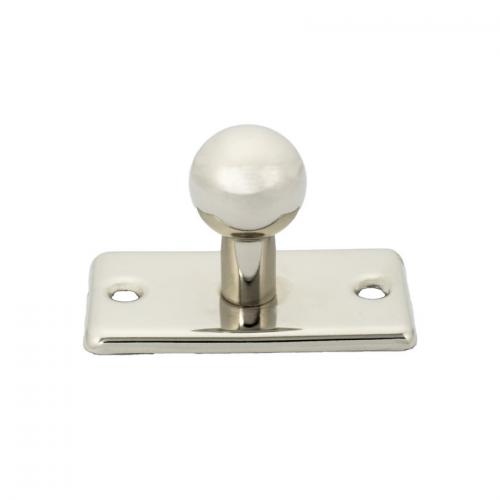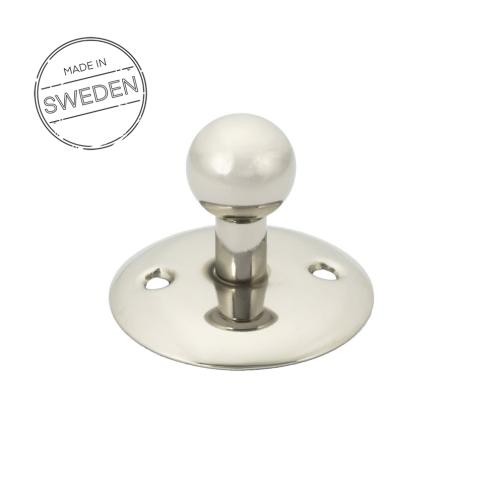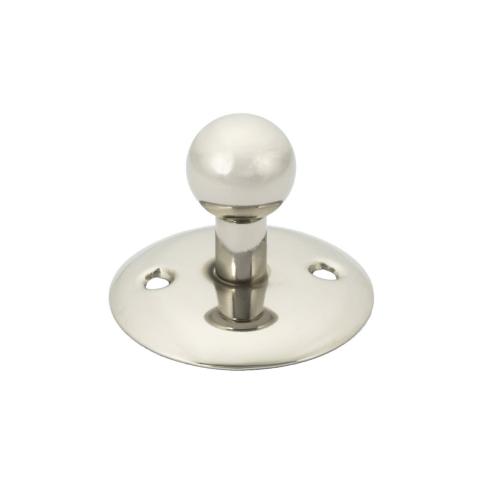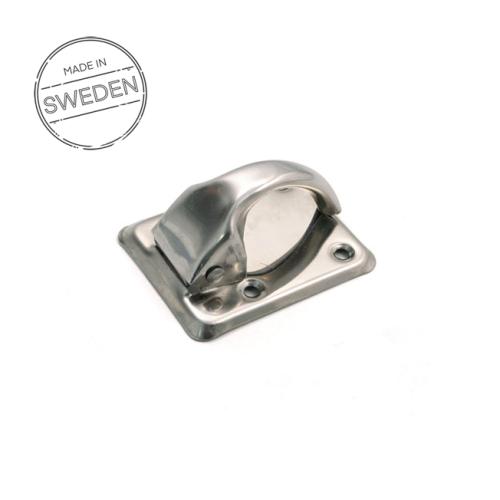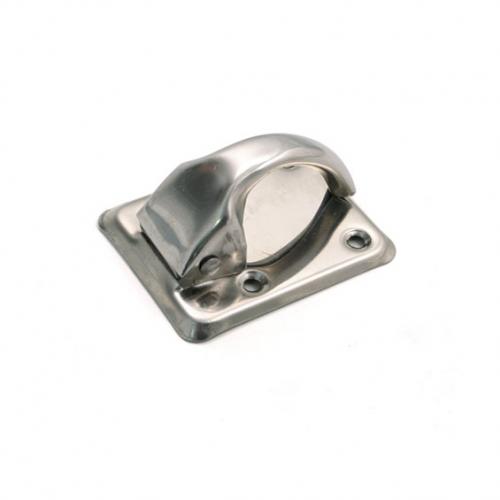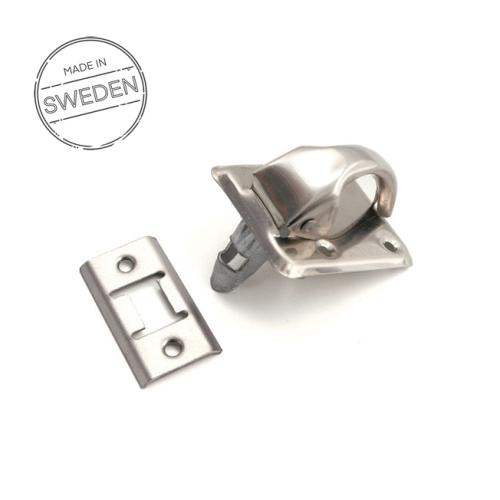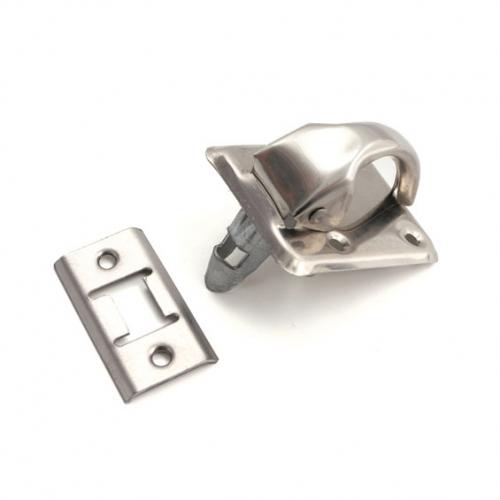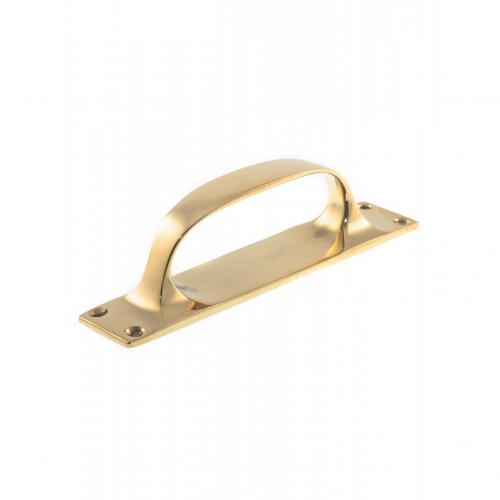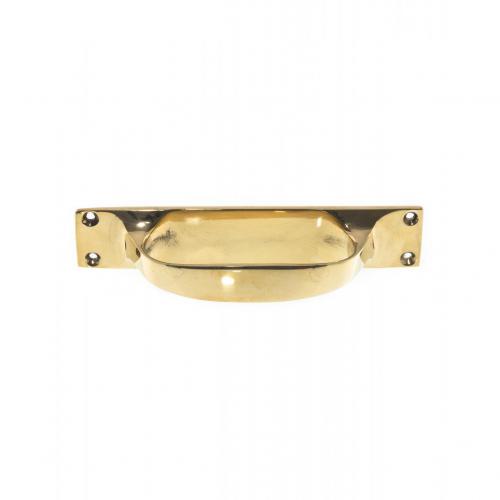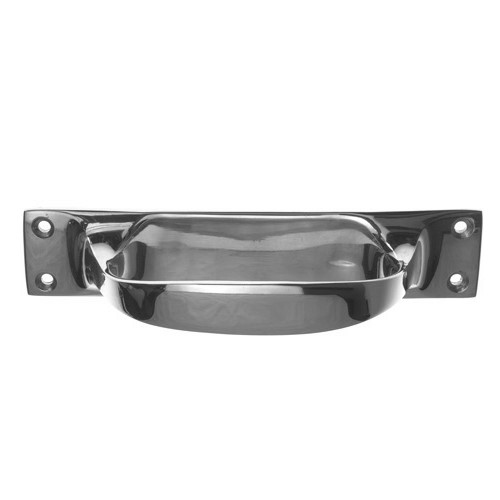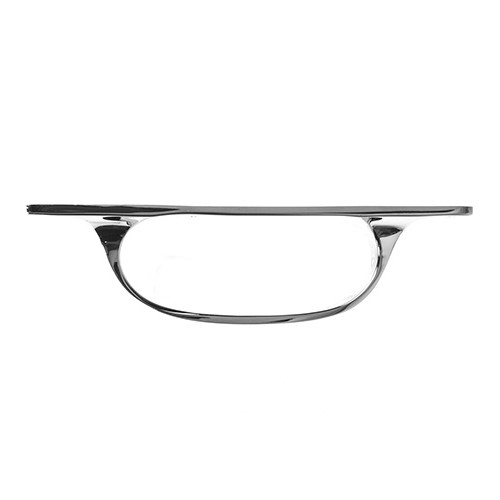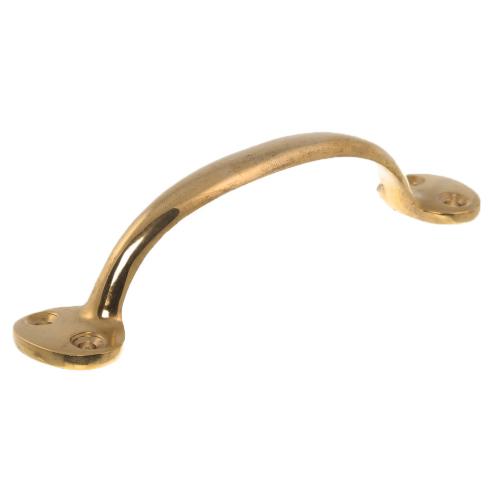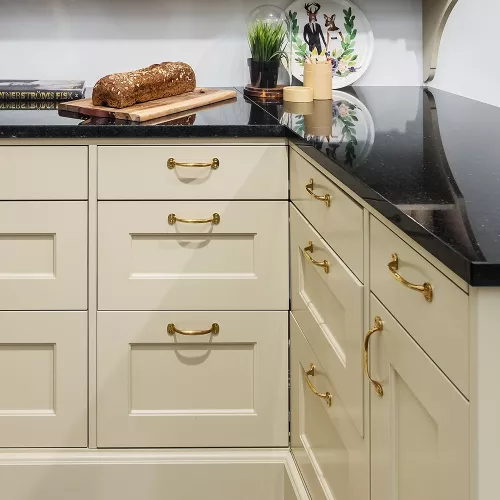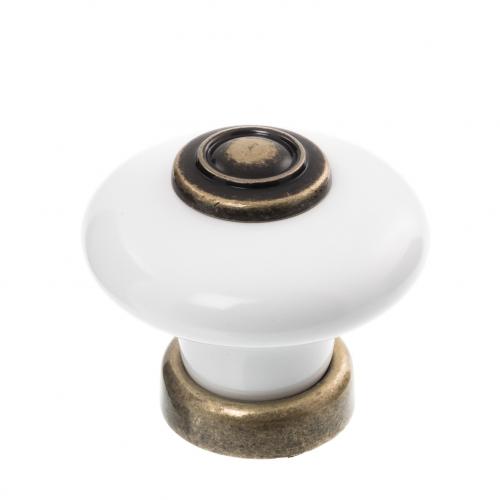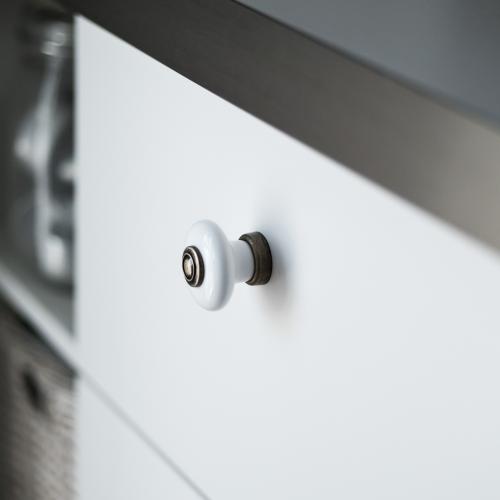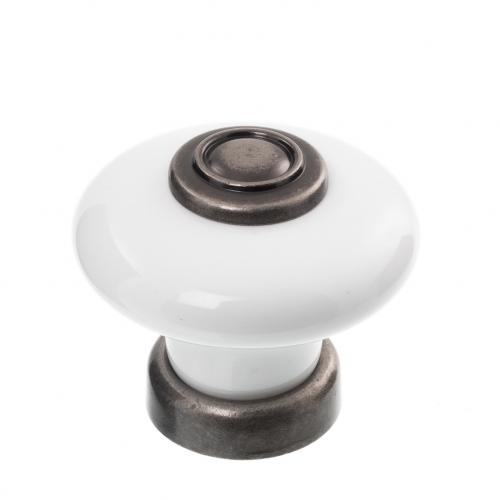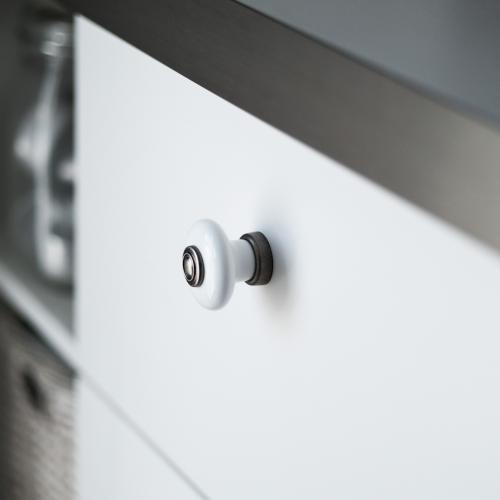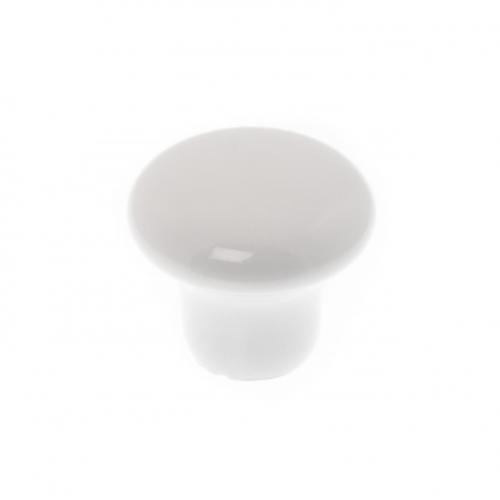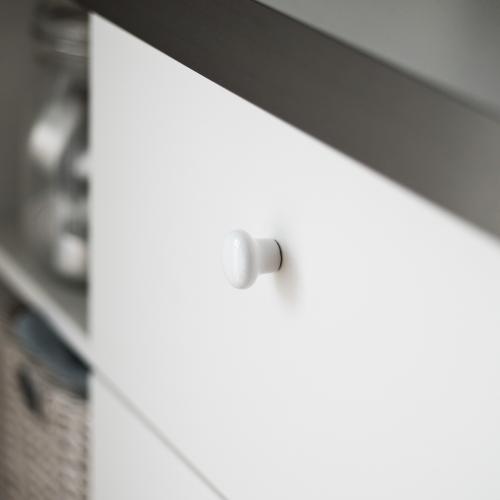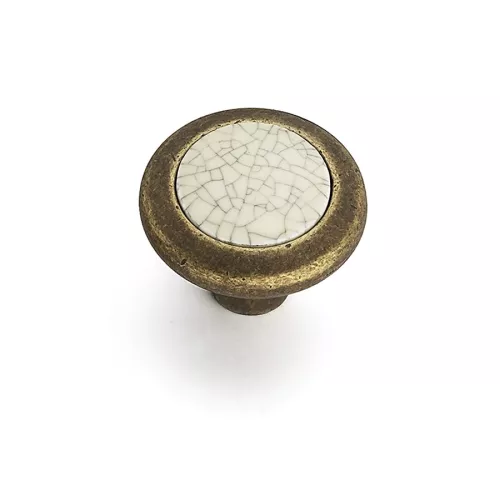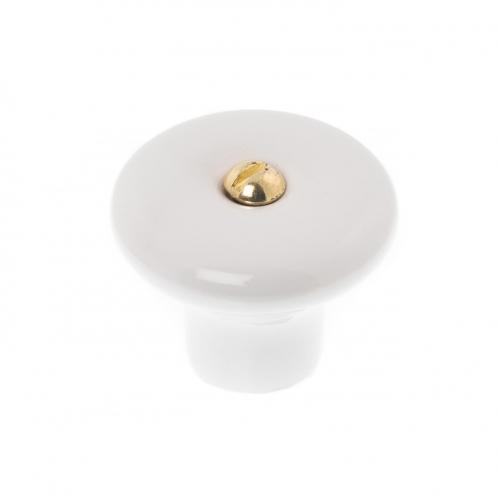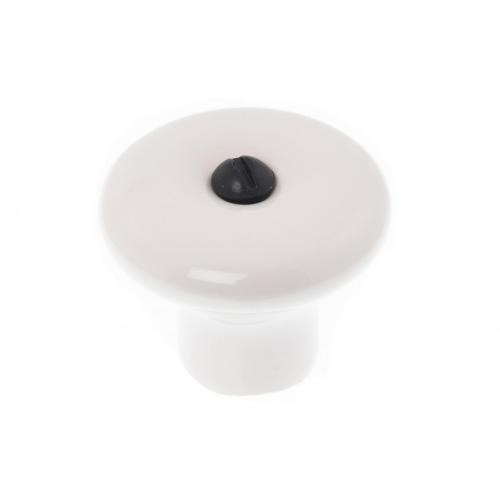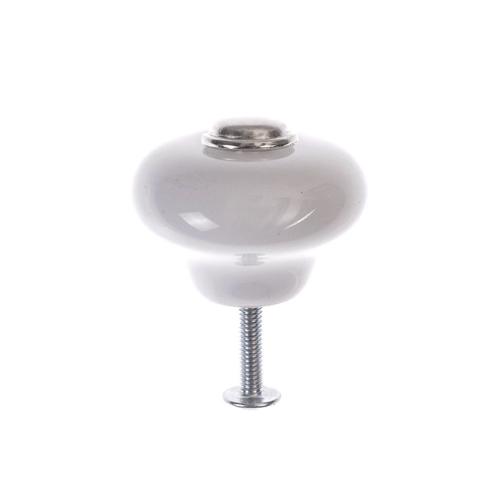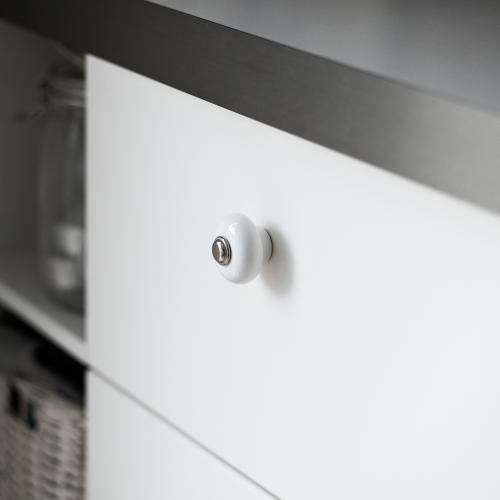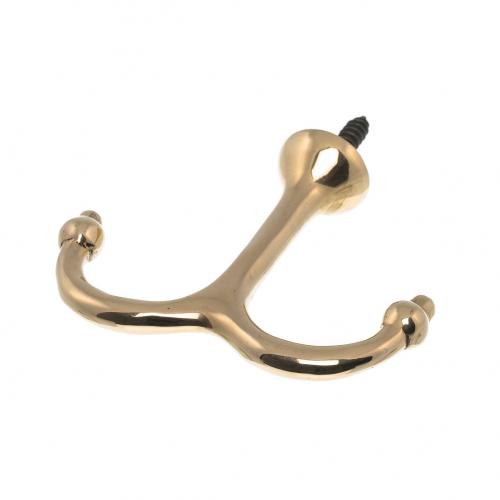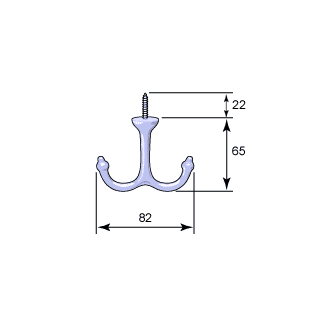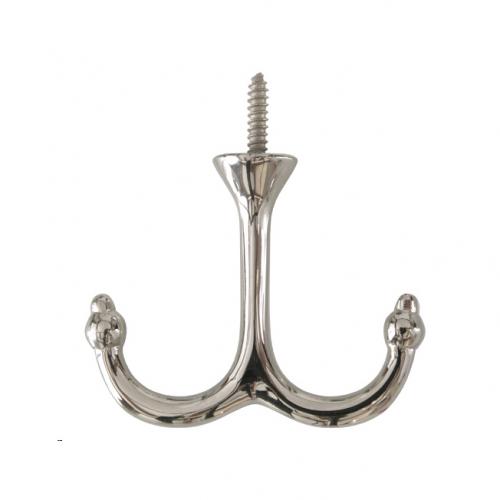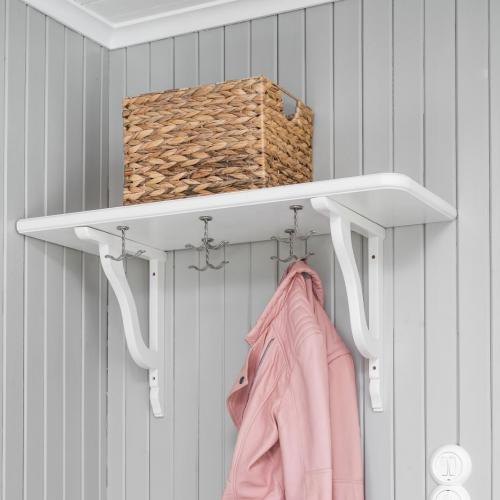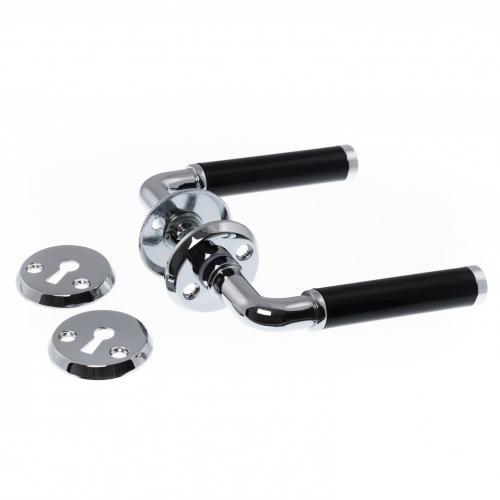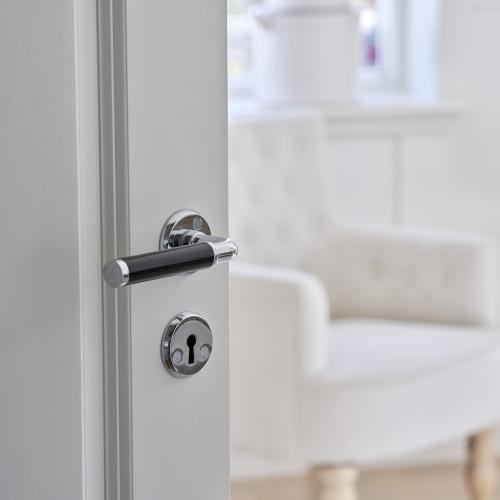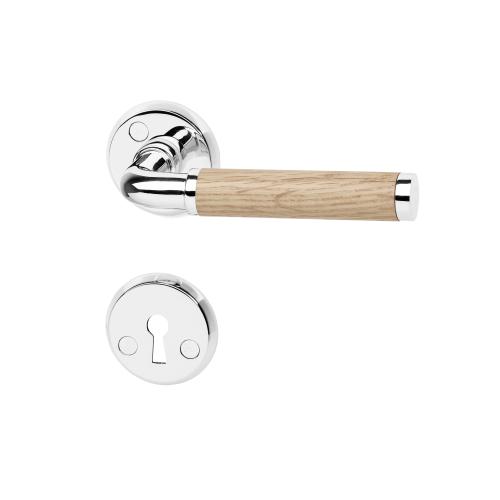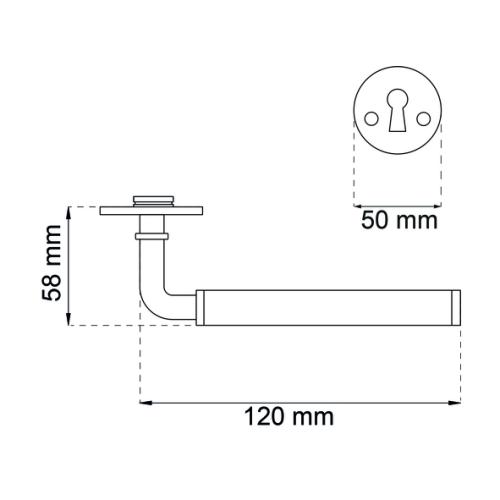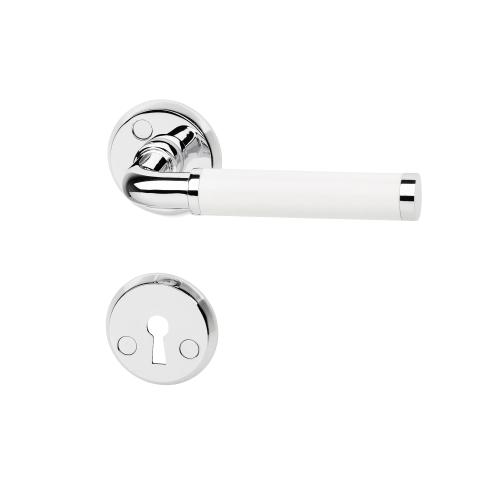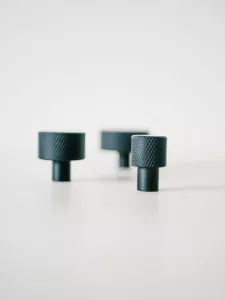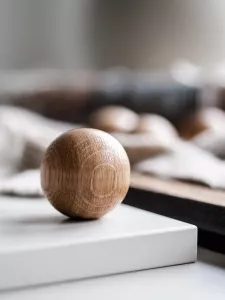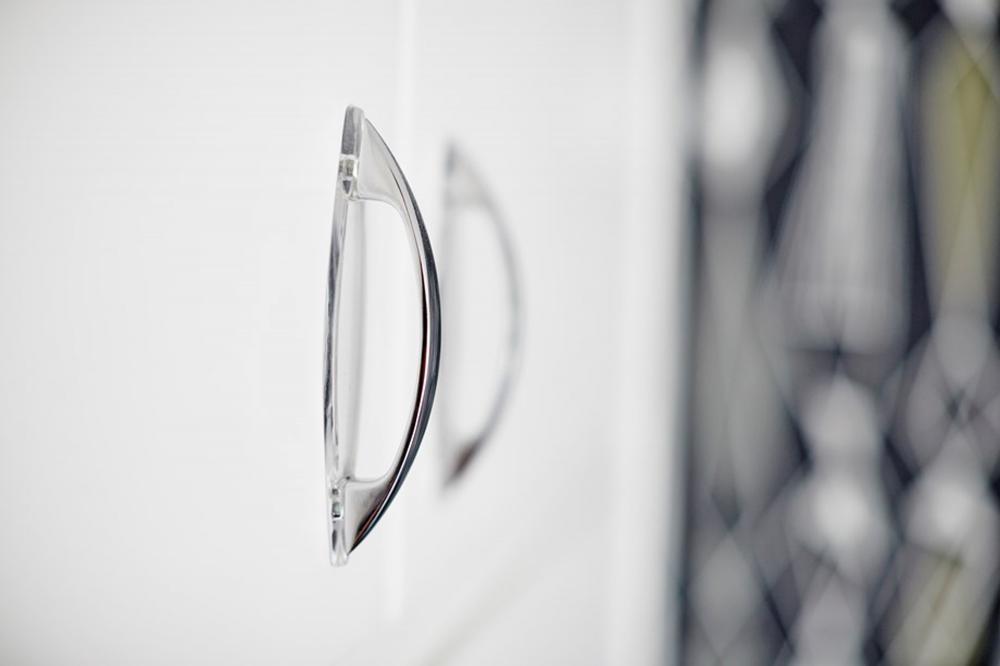
Retro Handles
Retro handles and drawer pulls are a stylish and nostalgic detail that can give your home a charming and period-specific feel. These handles take inspiration from the design trends of the 1950s, 1960s, and 1970s and are perfect for creating a vintage atmosphere in kitchens, bathrooms, furniture, and drawers.
Design, Style, and Era
Retro handles are known for their unique design and style, often reflecting the distinct aesthetic traits of the 1950s, 1960s, and 1970s. These handles are a fantastic way to introduce a sense of nostalgia and vintage charm into your home.
- 1950s: Characterized by pastel colors and soft, organic shapes.
- 1960s: Inspired by pop art and psychedelic patterns with bold colors and futuristic shapes.
- 1970s: Dominated by earthy colors, natural materials, and geometric patterns.
Retro Handles for Kitchens, Bathrooms, Furniture, and Drawers
Retro handles can be used in various parts of the home to create a cohesive and stylish interior:
- Kitchen: Gives the kitchen a nostalgic feel and can be combined with retro appliances and colorful tiles for a complete look.
- Bathroom: Enhances the bathroom's aesthetics with a touch of vintage charm.
- Furniture: Perfect for dressers, cabinets, and other furniture to create a vintage feel.
- Drawers in Kitchen, Closet, or Bedroom: Ideal for giving drawers a unique and characterful look that matches the home's style and era.
Characteristic Features
Retro handles are characterized by their distinctive colors, materials, shapes, and details that reflect the design trends of the time:
- Colors: Bold and vibrant colors like red, yellow, orange, and turquoise, as well as pastel tones like pink and mint green or timeless, durable ones like stainless steel, white, and chrome.
- Materials: Made from a range of materials such as metal, plastic, ceramic, wood, and glass.
- Shapes: Soft, organic shapes from the 1950s, geometric patterns from the 1970s, and futuristic shapes from the 1960s.
- Patterns and Details: Psychedelic patterns, pop art-inspired details, and natural wood grains.
Materials of Functional Handles
Functional handles, a subcategory of retro handles, are made from various materials popular during the golden decades:
- Metal: Polished chrome, stainless steel, and brass for a shiny and elegant look.
- Plastic: Colorful and durable, ideal for pop art-inspired patterns.
- Ceramic: Often hand-painted with patterns and motifs typical of the era.
- Wood: Natural woods like oak and teak for an earthy and warm feel.
Popular Colors of Retro Handles
The colors of retro handles are an important part of their charm and character. Some of the most popular colors include:
- White: Clean and timeless.
- Black: Elegant and versatile.
- Red: Bold and lively.
- Yellow: Cheerful and energizing.
- Turquoise: Fresh and vibrant.
- Pastel Colors: Soft and inviting, perfect for creating a vintage look.
Combining with Other Styles
Retro handles can be advantageously combined with various interior styles to create a unique and personal atmosphere:
- Modern: Contrast retro handles with modern elements for an eclectic look.
- Minimalist: Use retro handles as a colorful and decorative detail in an otherwise simple interior.
- Industrial: Combine with raw materials like concrete and metal for a tough and stylish contrast.
- Shabby Chic: Create a romantic and rustic feel by combining retro handles with worn and antique furniture.
- Eclectic: Mix different styles and eras for a playful and personal interior.
What is a Retro or Functional Handle?
A retro handle or functional handle is a handle designed with inspiration from previous decades, particularly the 1950s, 1960s, and 1970s. These handles are known for their unique shapes, colors, and materials that reflect the design trends and style ideals popular during these periods. They are perfect for adding a nostalgic and vintage feel to your home and work equally well in kitchens, bathrooms, furniture, and drawers.


